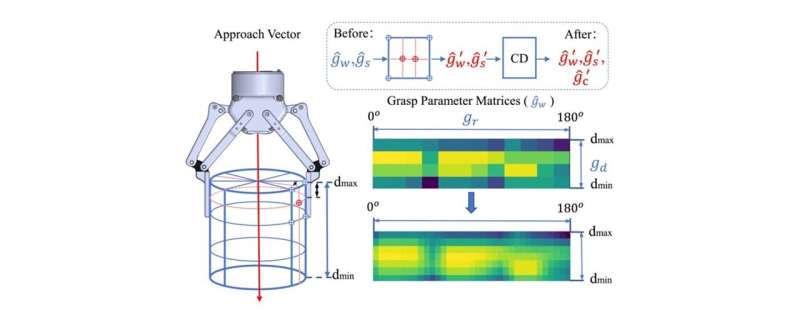
The rise of artificial intelligence (AI) is transforming robotics, enabling them to adapt to their surroundings more effectively.
Over the years, robotics has advanced significantly, but it still grapples with certain limitations that prevent it from reaching its full potential. Conventional robots often depend on fixed instructions and limited designs, making it hard for them to tackle unexpected situations. However, integrating AI—which includes cognitive functions, analysis, reasoning, and decision-making—allows robots to operate in a smarter way, vastly boosting their ability to assist humans.
By embedding AI into engineering systems, we can anticipate a variety of applications across industries such as agriculture, logistics, healthcare, and more. This innovation empowers robots to take on complex tasks with improved autonomy and efficiency. Such advancements not only present solutions to urgent medical and environmental challenges but also signal a shift towards smarter manufacturing in the era of Industry Revolution 4.0.
A research team led by Prof. Dan Zhang, who holds the Chair in Intelligent Robotics and Automation at Hong Kong Polytechnic University, has developed several innovative robotic systems that showcase high levels of dynamic capability.
Prof. Zhang’s team has introduced a grasp pose detection system that can create a comprehensive array of grasp positions across all six degrees of freedom with impressive accuracy. To identify objects for grasping, the framework utilizes convolutional neural networks (CNNs) on a multi-scale cylinder with varying widths, providing precise geometric details about each object’s location and size.
Additionally, multiple multi-layer perceptrons (MLPs) fine-tune the robotic arm’s parameters for grasping, including the gripper width and grasp score—which considers in-plane rotation angles and depths—along with collision avoidance. This information is processed through their algorithm, allowing for customized grasp poses that are not limited to pre-defined settings.
Tests confirmed that this new approach consistently surpassed traditional methods in controlled simulations, achieving an average success rate of 84.46%, compared to 78.31% for the standard technique in real-world trials.
The research team is also applying AI to enhance a robotic knee exoskeleton designed for rehabilitating patients with knee issues. This exoskeleton features an electric motor-driven actuator to help with knee bending and straightening, an ankle joint for weight distribution, and a mechanism for adjusting stiffness.
A Long Short-Term Memory (LSTM) network is employed in a machine learning model to make real-time adjustments to the exoskeleton’s stiffness and torque, mimicking the natural characteristics of the human knee. The system is trained using extensive datasets of electromyography (EMG) signals and knee movements, enabling it to adapt its settings according to the user’s physiological signals and movement conditions. This adjustment capability promotes better stability and comfort while walking.
Moreover, the integration of an adaptive acceptance control algorithm using Radial Basis Function (RBF) networks allows the exoskeleton to adjust joints and stiffness parameters automatically, without needing force or torque sensors. This greatly improves the precision of position control and the system’s ability to respond to various walking postures. As this data-driven approach collects more data, its accuracy and performance are expected to improve over time.
Overall test results indicate that this system outperforms traditional fixed control methods in achieving accurate and timely responses, providing the desired joint trajectory for users walking at different speeds.
Research from Prof. Zhang’s team highlights that AI, particularly deep learning methods, is enhancing robots’ ability to sense and understand their environments better. This progress allows for more effective and adaptable solutions for managing tasks beyond fixed settings.
The combination of AI and robotics not only brings increased precision but also introduces new functionalities for automation, allowing for immediate decision-making and ongoing learning. As a result, robots can continuously enhance their performance, hinting at a broader future role for this technology in society.
More information:
Dan Zhang et al, Smart Adaptation: The Fusion of AI and Robotics for Dynamic Environments (2024)
If you would like to see similar Tech posts like this, click here & share this article with your friends!

